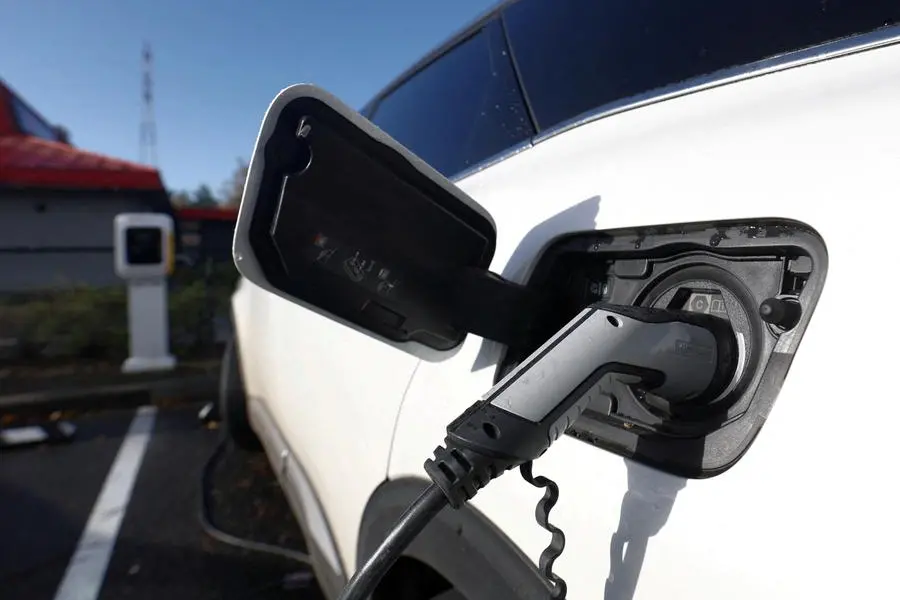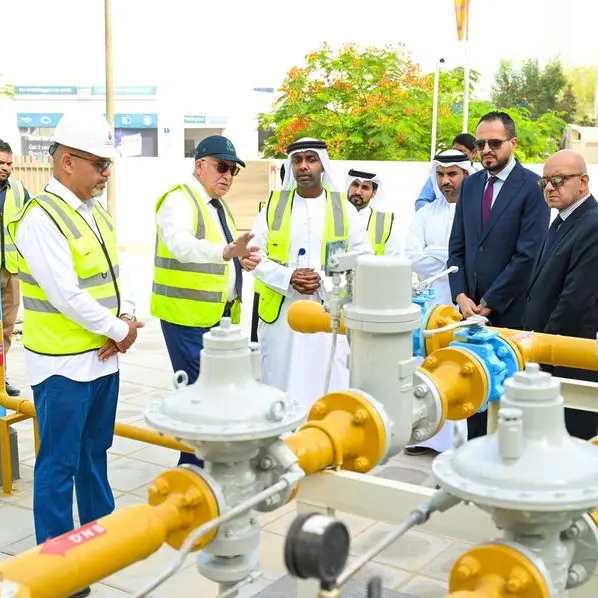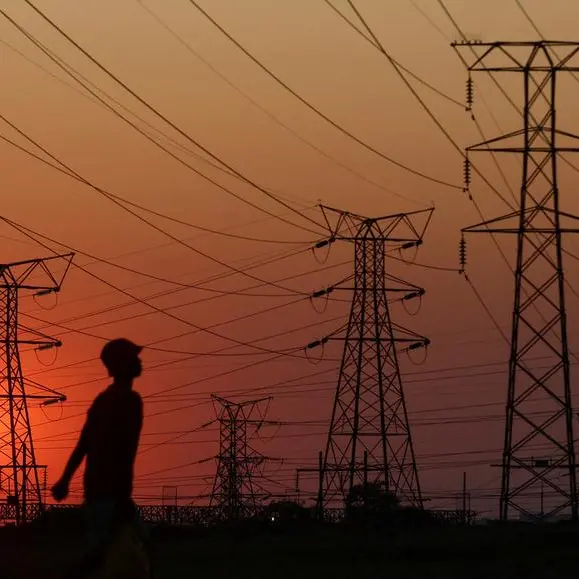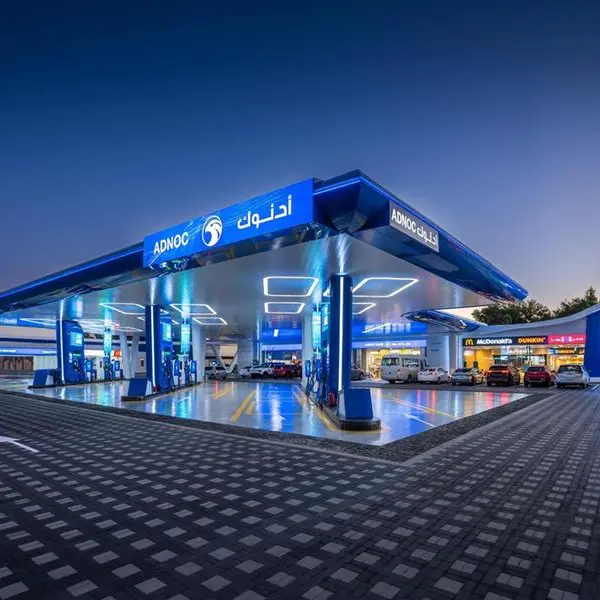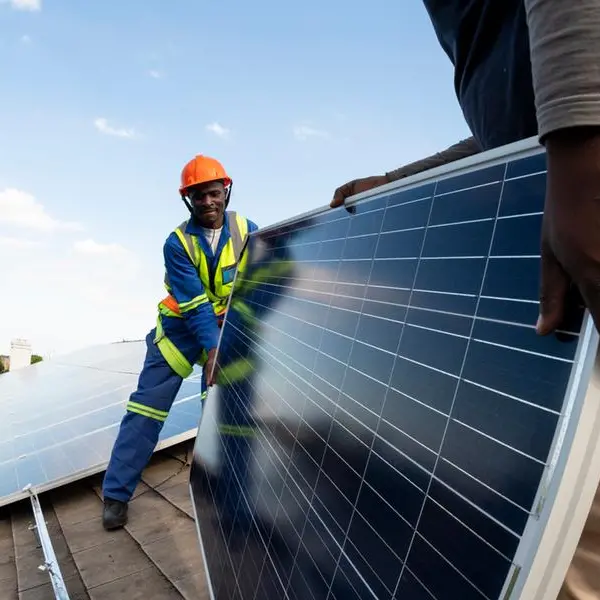PHOTO
INTERVIEW WITH STEPHEN CROLIUS, PRESIDENT OF CARBON-NEUTRAL CONSULTING
Muscat – Stephen Crolius, a former Climate Advisor at the Clinton Foundation, is the President and Co-founder of the global energy transition consulting firm Carbon-Neutral Consulting. As a thought leader, Crolius focuses on sustainable and low-carbon fuel sources, renewable energy, and transport electrification. In an exclusive interview with Muscat Daily, Crolius shared his insights and views on the role of electric vehicles (EVs) in the Middle East region’s energy transition and how governments can encourage the adoption of EVs in the region.
What role can electric vehicles play in the GCC countries’ transition to green energy?
EVs have an important role to play in the Middle East’s transition to green energy. Car ownership in the GCC countries is in the global mid-range, generally between 0.2 and 0.6 vehicles per capita. As a result, in the United Arab Emirates, for example, 20% of greenhouse gas (GHG) emissions are produced by the transportation sector, overwhelmingly from cars. The parallel trends of electric vehicle adoption and renewable electricity development are already underway and together can foreseeably drive GHG emissions from on-road transportation to a very low level.
In your view, which factors influence EV adoption in the Middle East?
While car buyers in the Middle East are noted for certain distinct preferences (such as futuristic design and cutting-edge technology), it is clear that the essential bargain is the same in the Middle East as in other geographic markets. Buyers are willing to take on the potential issues of EV ownership—such as where and how EVs can be charged, whether they have enough range for essential trips, and how the cars perform in very hot weather—so that they can claim the environmental benefits that EVs can deliver. Critically, most consumers are only willing to accept this bargain as long as the economic proposition, i.e., the purchase price net of government incentives, is not inferior to that of conventional vehicles.
How can regional governments and industries work together to encourage the adoption of EVs and address any barriers to their uptake?
Governments and EV producers need to ensure that their combined efforts lead to a viable economic proposition for consumers. In Oman, for example, the government is offering a variety of tax breaks to EV purchasers, including a 100% exemption from customs tax, waiver of registration fees, and a zero percent value-added tax.
Governments can also encourage EV adoption by supporting the development of public charging infrastructure. The Saudi government, for example, has launched the Saudi Electric Vehicle Charging Infrastructure Development Initiative, with plans to install 50,000 charging stations by 2025. Public charging amenities tend to increase the uptake of EVs by reducing concerns about range and enabling EV ownership for consumers who do not have ready access to charging solutions at their place of residence.
How do EVs fit into the Middle East’s energy transition, and what will be the key factors driving their adoption in this region?
The rapid development of solar generating capacity is arguably the centerpiece of the Middle East’s transition to green energy. The GCC countries alone expect to have solar capacity of approximately 70GW in place by 2030. For comparison, average electricity demand in the United Kingdom is 30GW. Solar generation and electric vehicles can be developed synergistically. The fact that solar panels only generate electricity when the sun is shining creates a powerful need for grid balancing, i.e., storing excess electricity for use during dark or cloudy periods. The batteries in a nation’s fleet of electric vehicles stand out as a resource that can be used in this regard. Although the technology for this, known as vehicle-to-grid, is not yet in widespread use elsewhere in the world, there is little doubt about its eventual deployment. Middle Eastern countries could certainly become leaders in this area.
One other item should be included on the list of factors driving EV adoption: the commitment of car manufacturers to the development of Middle Eastern EV markets. One of the strongest forms of commitment is the establishment of in-market production facilities. In that regard, several favorable developments should be noted. One is Lucid Motors’ opening of a plant in Saudi Arabia in September 2023. Another is the substantial Saudi investment in the Chinese EV startup Human Horizons, which will support in-country development, manufacture, and sale of electric vehicles. Of greatest note, perhaps, is the early success of the young Omani company Mays EV. The first Mays vehicle is due to come to market later in 2024, with strong early interest leading the company to increase its first-year production target.
Looking ahead to the next five years, what is your vision for the global EV market and what do you believe will be the primary driving forces behind its expansion?
Business strategists think in terms of demand-side and supply-side drivers of market development. The global EV market has arguably reached an inflection point past which supply-side forces will become dominant. The main factor underlying this circumstance is the massive amount of capital that automotive OEMs have invested in EV supply chains and production capacity. In the U.S., it is reported that $165bn was invested between 2015 and 2023 in manufacturing capacity associated with the production of electric vehicles. In the European Union, 38 battery plants were in operation at the end of 2022. Japanese car companies including Toyota, Honda, and Subaru, spurred by concern about intensifying competition from Chinese companies, are busy building battery plants and electric vehicle assembly facilities in their home country and elsewhere. Smaller, newer companies, such as Mays, are also building EV manufacturing capacity.
The investment cases for these facilities may have been based on an appraisal of consumer demand, encouragement from governments, and/or a sincere commitment to sustainable technology. But whatever their motives, the companies have made these investments, and the only way they will be able to achieve an attractive return is to run the plants at capacity. This means generating demand in the marketplace. The auto companies can therefore be expected to use all of the market-building tools at their disposal.
First and foremost will be the manufacturers’ sales and marketing programmes. EV proponents were often bemused during the 2010s and even into the 2020s at the manifestly ambivalent attitudes shown by many automotive manufacturers toward their EV products. Carlos Tavares, the CEO of Stellantis, for example, continued to express doubts into 2023 that strong demand for EVs would ever materialise, while characterising the company’s development of EVs in decidedly defensive terms.
However, 2023 was also the year in the US and many other markets when sales and marketing efforts on behalf of EVs meaningfully accelerated. Among the other factors coming into play is manufacturer support for public charging infrastructure.
© Apex Press and Publishing Provided by SyndiGate Media Inc. (Syndigate.info).
